People who immerse themselves in the profession of selling newspapers
“Selling newspapers is really hard. At around 3am, new newspapers are delivered, and those that are not delivered have to be picked up. When I receive the newspapers, I sit in the newspaper cage, and at 4:30am, I deliver them to customers. When I get home at 6:30am, I start packing up the newspaper stand. At 3pm, I close the stand. During the days close to Tet, there are so many newspapers that I have to sleep at the stand,” said Ms. Trang (60 years old), owner of a newspaper stand in front of Hoa Hung market (Ward 15, District 10, HCMC), about her normal day.
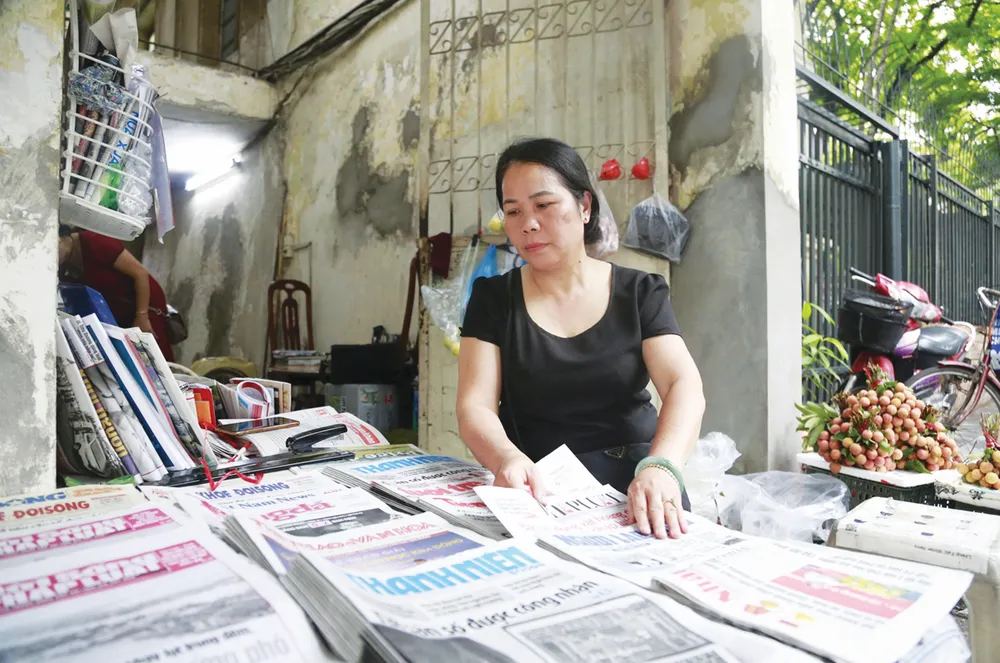
With a slim figure, Mrs. Trang got into the newspaper business through a special transfer contract. She said that this newspaper stand used to belong to a family of teachers, who had been selling newspapers for generations. When her nephew (Mrs. Trang’s friend) had no successor, he transferred the business to her with the sole requirement of selling newspapers.
“I have been working at the newspaper stand for more than 20 years now. It must have been my job,” Ms. Trang confided. When asked who would be the successor to her newspaper stand, Ms. Trang said: “This area is in the planning area for the construction of a metro line, so we will have to find another place to sell. In the future, I will sell until no one else produces newspapers. As for the successor, I probably won’t have anyone, and my daughter won’t follow this profession.”
Along with her sharing, Mrs. Trang was a bit sad and pensive.
Once an indispensable part of Hanoi people's lives, newsstands are gradually becoming rare in the heart of the modern capital. On some street corners such as Cua Nam, Hang Trong, Phan Huy Chu..., old, small newsstands, several decades old, still try to hold on to preserve the cultural beauty and lifestyle of the old Hanoians. To survive, many newsstands now have to diversify, selling stationery, souvenirs, soft drinks and coffee to serve readers.
Having been in the business for over 30 years, through the sunny and rainy days, Ms. Nguyen Thi Phuong Oanh, owner of a newspaper stall on Phan Huy Chu Street, shared: “I try to keep this newspaper stall because I enjoy the job and to serve my long-time customers. If we consider the economy , no one sells newspapers now.”
The profit from each newspaper is only a few thousand dong, an unstable income, but for a long-time newspaper seller like Ms. Oanh, maintaining a newspaper stand is not only a way to make a living but also a joy to serve the older generation of readers, preserving a corner of Hanoi's soul in the minds of many people.
Newsstands are an important distribution point, but are not currently integrated into the long-term development strategy of modern newsrooms. Lack of support policies, new operating models and lack of technological connectivity make newsstands increasingly isolated.
In the context of a sharp decline in print newspaper circulation due to the rise of e-newspapers, social networks and the habit of quick reading and quick browsing, newsstands are gradually losing their traditional market. Working in the field of digital media, Dang Ngoc Diep (23 years old, Hanoi) said: "Printed newspapers are slow to adapt to changes in reader behavior, information access and content experience, causing many young people like me to gradually become unfamiliar with printed newspapers."
The customer base of newsstands is mainly elderly people, who still love the feeling of holding a newspaper in their hands, reading the news slowly and carefully. They always believe that printed newspapers are the most reliable information channel, with direct contact that other types of newspapers do not have.
Refresh the newsstand, refresh the print newspaper
In the digital age, changing information strategy thinking, integrating technology, and enhancing experience are key factors in helping print newspapers create new appeal and a unique position.
Digitizing print newspapers and newsstands into multi-platform connection points helps customers experience interactions by scanning QR codes to view AR (augmented reality) content, access related podcasts or receive digital gifts from the editorial office.
This was pioneered by Nhan Dan Newspaper through special supplements such as “Panorama of Dien Bien Phu Victory” and “ Ho Chi Minh Campaign” which attracted thousands of young people to line up to receive the newspaper at distribution points. According to many opinions, in the long term, the editorial office should consider the newsstand as a cultural reading station, not simply a point of sale.
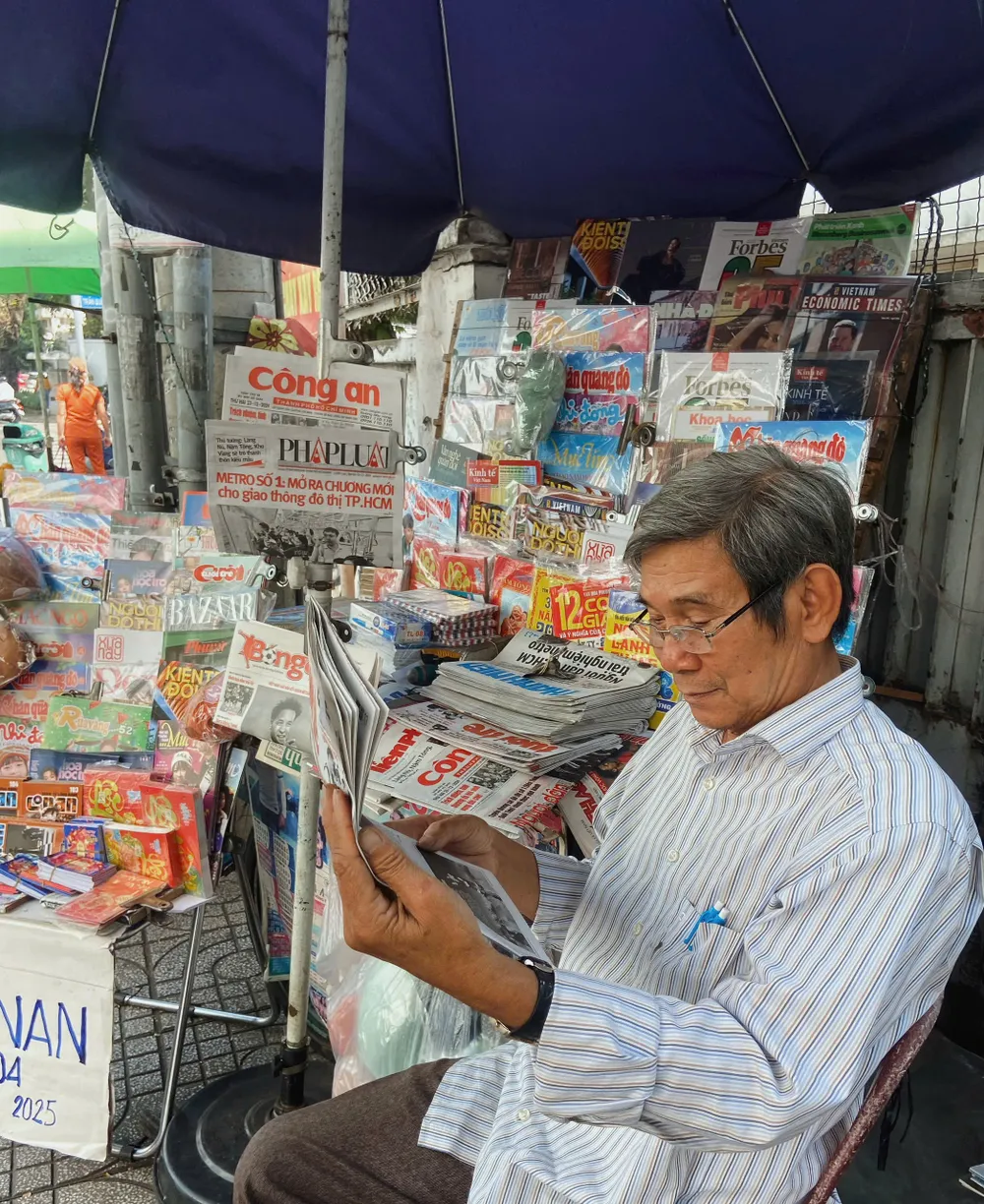
Associate Professor Dr. Bui Chi Trung, Deputy Director of the Institute of Journalism and Communication, emphasized: “The press needs to redefine its public service and the nature of the relationship between the press and the public, not just as “news consumers” but as “information experience partners”. By applying AI and big data, the press can design personalized reading experiences according to each person’s behavior and needs, enhance content value, and create a competitive advantage against social networks that are blurring the line between real and fake.”
In that trend, printed newspapers have become high-value publications, serving the needs of deep reading, slow reading, and selective reading. The future of printed newspapers is personalized publishing products, beautifully designed, with in-depth content and can be kept. The challenge is not only to revive the gradually fading newsstands, but also to rejuvenate printed newspapers to affirm their irreplaceable value in the flow of information.
Existing as a mooring place for the ship of time, watching the "old" newspaper stands become increasingly sparse, surely everyone will feel a little sad. During the heyday of paper newspapers, we kids did not have enough money to buy a newspaper ourselves, many newspaper stands even opened newspaper rental services just to solve the worries of us kids at that time. But in a moment, those kids became adults, money to buy a newspaper was no longer a problem, and they gradually forgot the love of a childhood.
The country is changing to integrate with the new era, the mossy newsstands with the smell of time, along with the habit of reading paper newspapers when no longer "young" enough, have chosen to slowly hide on the sidelines of the era. Looking at the paper newsstands existing, slowly amidst the hustle and bustle of traffic, occasionally a few cars stop by, take a familiar newspaper and then hurriedly leave, every newspaper seller implicitly understands that "that time" has passed.
They stay at the newsstands not for food and clothing, but perhaps because the aroma of new newspapers has always been attached to their lives, to the rhythm of life of the country.
Source: https://www.sggp.org.vn/sap-bao-tram-thong-tin-can-duoc-tai-sinh-post800342.html



![[Photo] Hanoi morning of October 1: Prolonged flooding, people wade to work](https://vphoto.vietnam.vn/thumb/1200x675/vietnam/resource/IMAGE/2025/10/1/189be28938e3493fa26b2938efa2059e)


![[Photo] President of the Cuban National Assembly visits President Ho Chi Minh's Mausoleum](https://vphoto.vietnam.vn/thumb/1200x675/vietnam/resource/IMAGE/2025/10/1/39f1142310fc4dae9e3de4fcc9ac2ed0)
![[Photo] Keep your warehouse safe in all situations](https://vphoto.vietnam.vn/thumb/1200x675/vietnam/resource/IMAGE/2025/10/1/3eb4eceafe68497989865e7faa4e4d0e)








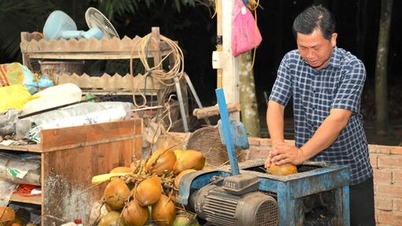

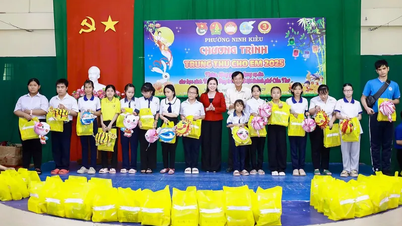

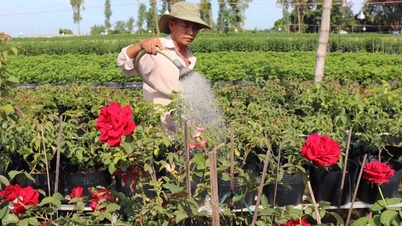


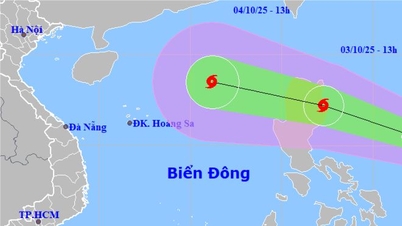












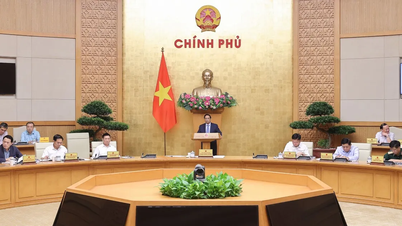













































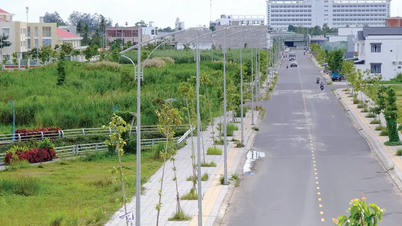














Comment (0)